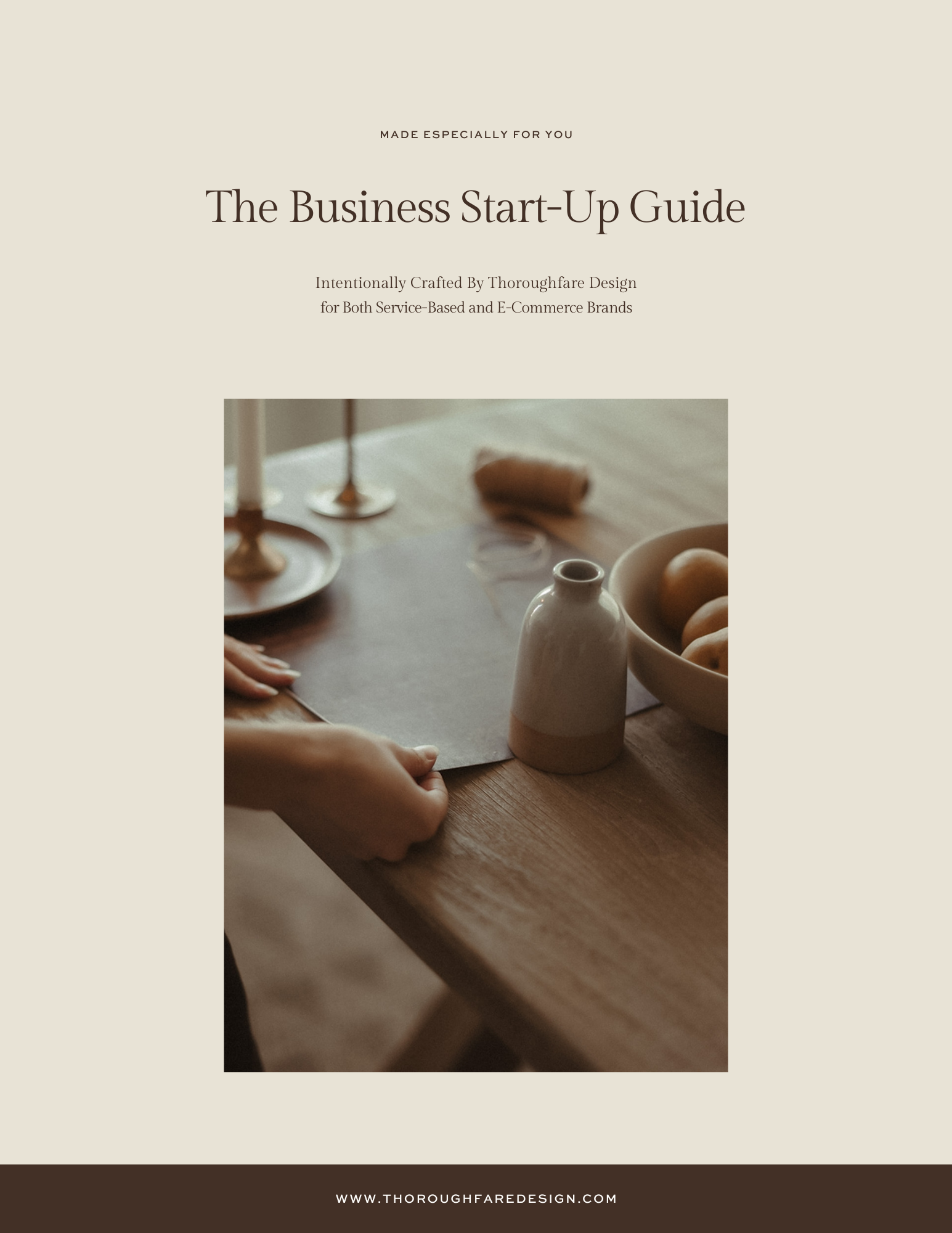
We were just beginning our journey as entrepreneurs, and you could say… there were many things we didn’t know. And still continue to learn. There is so much jargon and acronyms to learn, especially in a website design project. Now that we’ve been doing this for so long, we noticed a lot of terms we reference in every type of website project.
So, to make things easier for you, whether you’ve just started launching your business or you’ve been doing this for a long time, we’ve compiled a list of the most commonly used terms that are utilized during a website design project.
SEO, aka Search Engine Optimization
Search engine optimization is a measurement that is used to analyze websites, which allows search engines to evaluate how much value a website provides for specific keywords and phrases searched by the user.
Search engines use a variety of factors to determine the best resources, like loading speed, the content itself, relevancy, readability, usability, hyperlinks, bounce rate, and more. To keep it simple, search engines want to provide the best, most valuable resources based on what the user searches. If you don’t know where to start with your SEO, read our blog, “A Simple Guide to a Great SEO Foundation for Your Website.”
Meta Title
The meta title explains the website page for users and search engines, showcasing a few descriptive keywords. For example, for the Thoroughfare homepage, our Meta Title is:
Thoroughfare Design Studio | Branding and Web Design for Purpose-Led Brands
Meta Description
The meta description is a short sentence that summarizes the website page for users and search engines. This element is very important to include for better search engine ranking.
For the home page of our website, our meta description is:
“Paving intentional pathways for purpose-led brands, small businesses, and creatives through conscious branding and web design experiences.”
Keywords
Keywords are the terms or phrases you focus on for your search engine optimization strategy in order to start ranking for the searched terms or phrases. For example, if we had a candle company selling eco-friendly, hand-crafted candles, a great keyword to focus on for this example would be “Eco-Friendly Candles.” Our strategy for the website would be to use these keywords throughout the content (titles, meta titles, meta descriptions, etc.).
Alt Tags
Another often overlooked part of SEO is alt tags. Alt tags are used for images specifically. The purpose of alt tags is to describe the images on your website to search engines so they know what the image is. Search engines can’t visually see the image, so they rely on the alt tags to be their eyes. Don’t forget to use your alt tags for an easy way to improve your SEO without breaking the bank.
Bounce Rate
The bounce rate is how the users interact with a website. More specifically, the bounce rate indicates when the user leaves the website and what pages they interact with. When a user navigates to the homepage of your website, scrolls through the page, and then leaves the website, search engines see it may not be the best resource available.
On the other hand, when search engines see users click the homepage and navigate through multiple pages, this can be seen as a possible good resource. Search engines love user interaction.
Search engines are interested in providing good, valuable resources that help users find the information they are looking for. A lot of interaction on a website shows search engine users like the resource, which translates into a lower bounce rate. A high bounce rate shows a lot of users coming and going to the website without a lot of interaction.
Sitemap
We refer to this as the blueprint for your website. The sitemap provides search engines with an easy-to-analyze format of your website makeup (pages, posts, products, categories, etc). More specifically, it breaks down the content of your website for search engines to easily comprehend and provide to users.
Registrar
A registrar is the platform, or third party, where you buy a domain or renew a domain and typically purchase domain privacy. For our registrar, we use Namecheap or Dreamhost because they include domain privacy for free.
Domain
Think of a domain, also referred to as a URL, as your internet home. This is the link that users will type into the search bar in order to locate your website. An example of a domain is www.thoroughfaredesign.com. To purchase a domain, you will use a registrar like Namecheap or Dreamhost.
Website Host
A website host is a platform that connects your website to the internet so that users are able to access it online. Your domain will need to connect to your website host (typically by using name servers) in order to showcase the website. A few examples of website hosts we like to use are WP Engine and Dreamhost. Currently, we are using Dreamhost’s plan called DreamPress. Take your time and pick a good website host so it’s one less thing you have to worry about.
CDN, aka Content Delivery Network
A content delivery network is a bundle of networked servers spread throughout the world to help provide content quicker to users. Basically, it helps improve loading speed and can help improve website security. It has great overall benefits for your website. Cloudflare has a great free plan that can be used to help optimize your website.
Name Server
A name server is what your domain uses to showcase the contents of your website from your website host. Typically, you will have two or more name servers for your website.
Website Builder
A website builder, also known as a content management system, is a platform used to build your website. Some popular content management systems we like to use for our website design projects are WordPress and Shopify. WordPress is excellent for service-based businesses, blogs, and podcasts. Whereas Shopify is excellent for e-commerce businesses focusing on selling and shipping physical products. For example, if you were planning to sell eco-friendly candles.
Summary
There are many words and jargon that are thrown around by professional website designers, but no matter your industry, these are definitely the keywords that you’ll want to keep on your radar.
If you have a question about one of the terms included above or any others, feel free to send us a quick message here. We would love to hear from you and look forward to helping however we can.









